Table of Contents
Inspired by Galapagos Islands Animals
The wildlife of the Galapagos Islands has a lore all its own. It was a visit to these remote islands that inspired Charles Darwin’s Theory of Natural Selection. Since Darwin’s time, these far-flung Ecuadorian islands have become one of the world’s top destinations for wildlife watching. It’s difficult to establish a must-see list of Galapagos Islands animals, but here’s my top ten.
10 – Sally Lightfoot Crab
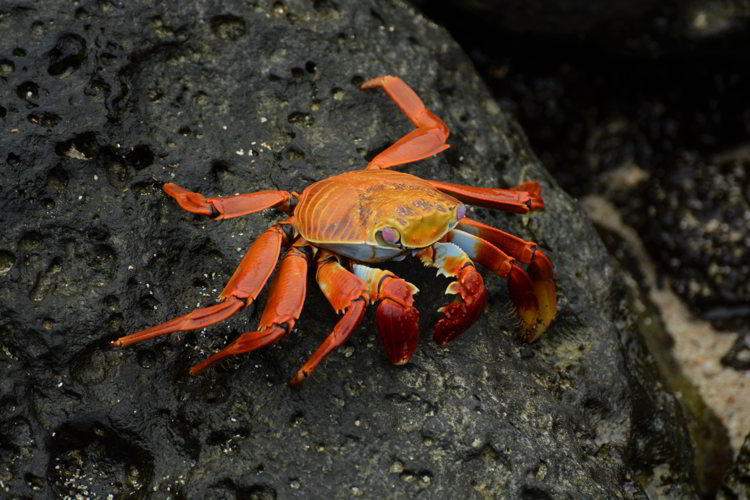
The “red rock crab” can be found on rocks and in shallow water near shorelines. They are very agile and it’s rumored that they were named for an equally agile Caribbean dancer. Their colors are very vibrant and adult crabs have blue and red coloring on their shells.
Related: Read our post about Polar Bears and Other Arctic Species in Churchill, Manitoba.
9 – Galapagos Land Iguana
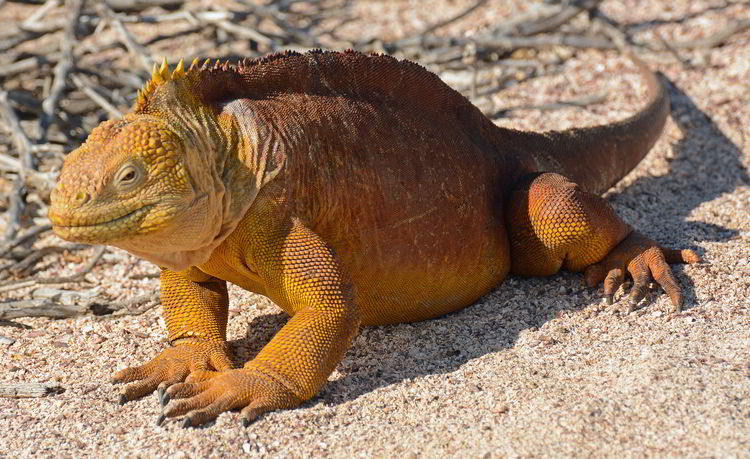
The Galapagos land iguana looks like a tiny dragon or some other mythical creature. It is endemic to the Galapagos Islands, but their numbers have drastically declined since Darwin’s time.
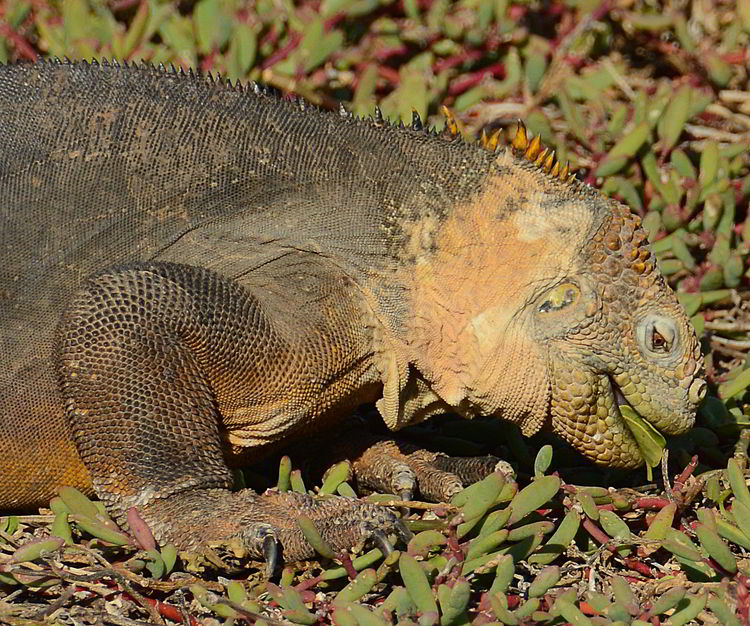
Introduced species like cats, dogs and goats have devastated the land iguana population. Cats and dogs kill iguanas and goats wipe out the vegetation that the species relies on for food.
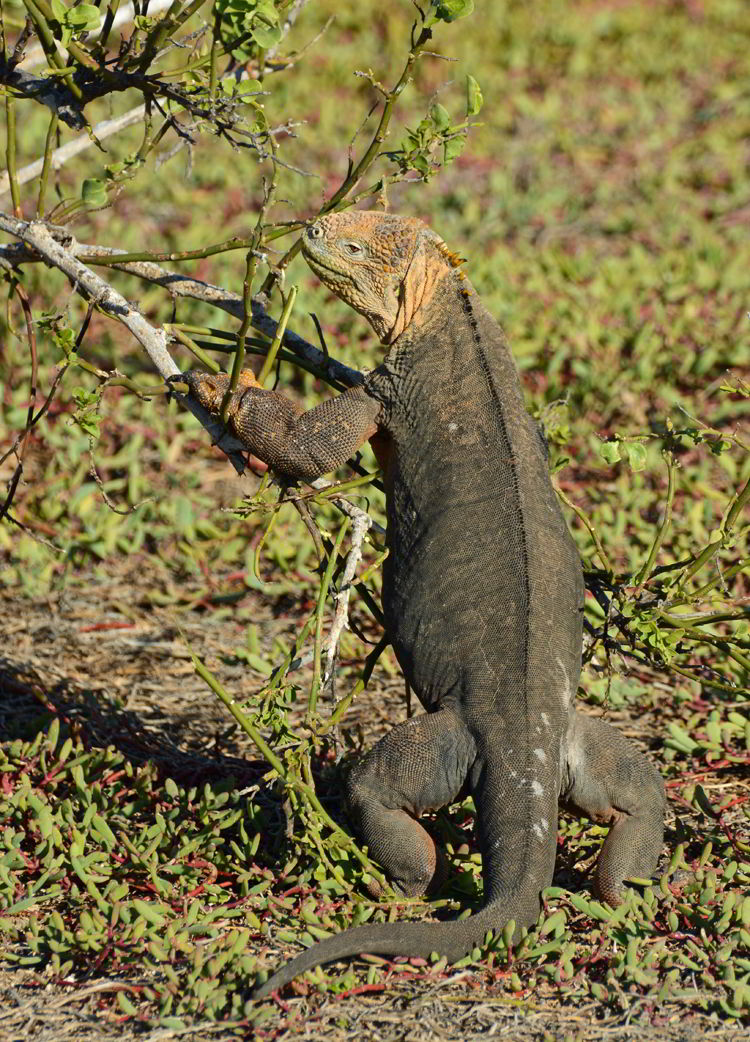
A captive breeding program on Santa Cruz and other conservation efforts are making a difference for the Galapagos land iguana.
8 – Galapagos Flamingo
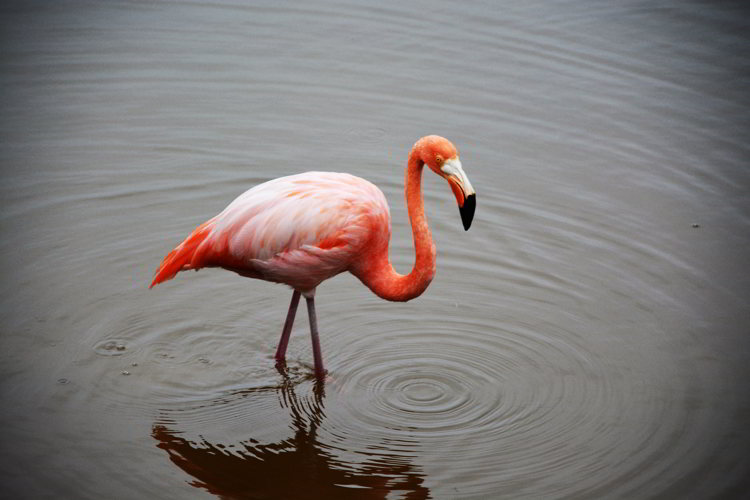
Flamingos can be found throughout the Galapagos Islands, but larger colonies are visible on Floreana, Isabela, Santiago, Rabida and Santa Cruz Islands.
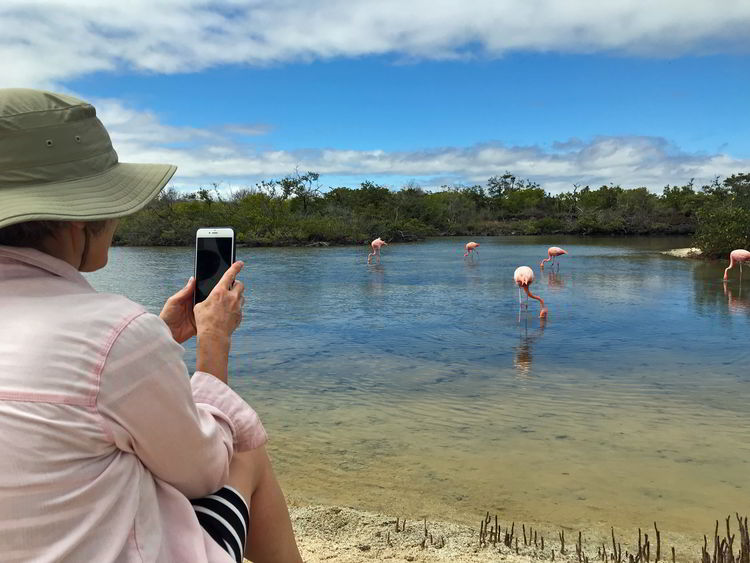

7 – Galapagos Penguin
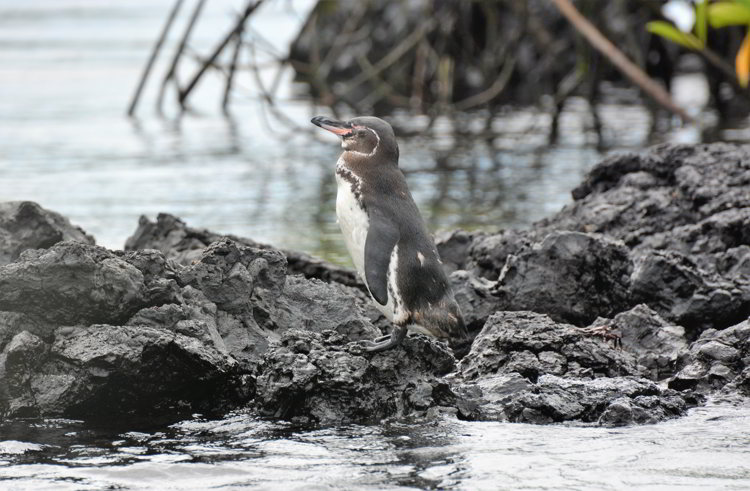
The Galapagos penguin is found throughout the islands, but the largest populations are on Fernandina Island and Isabela Island. With fewer than 1000 breeding pairs left, the Galapagos penguin is a must see.

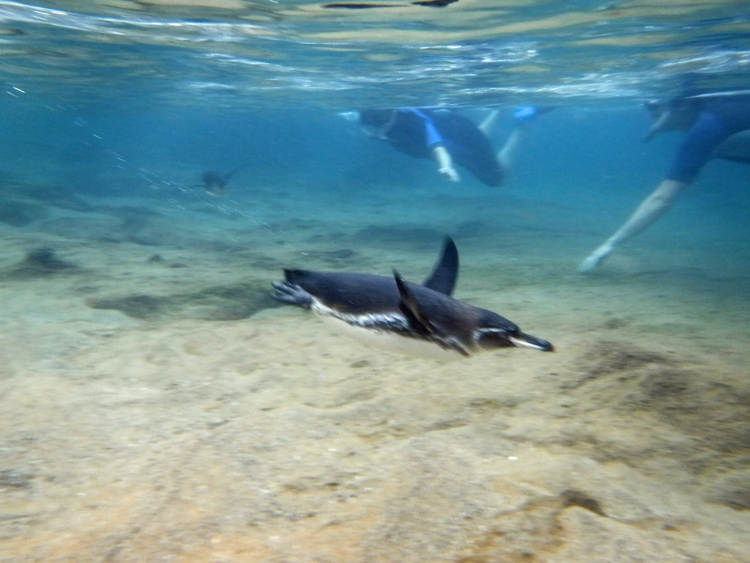
6 – Marine Iguana
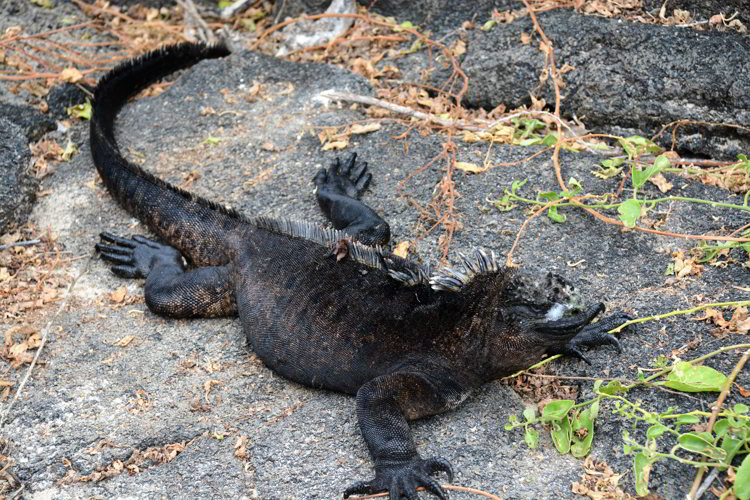
Marine iguanas are only found in the Galapagos Islands. They have adapted to feed almost exclusively on sea algae. They live in colonies on rocky shores, but they can also be found on beaches and in mangroves.
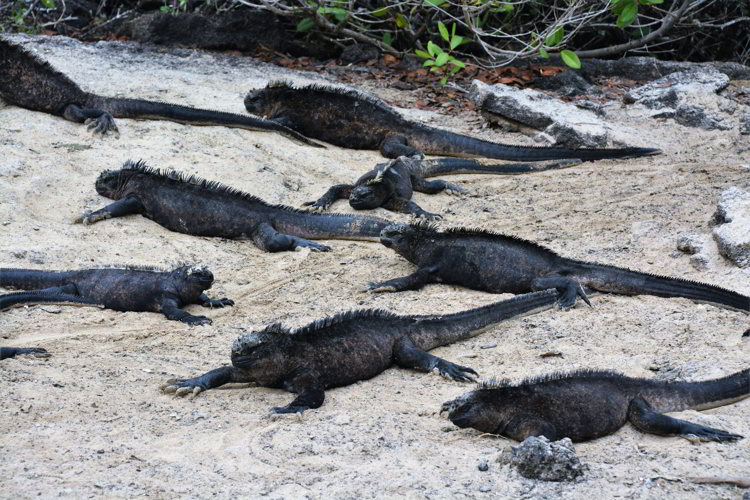
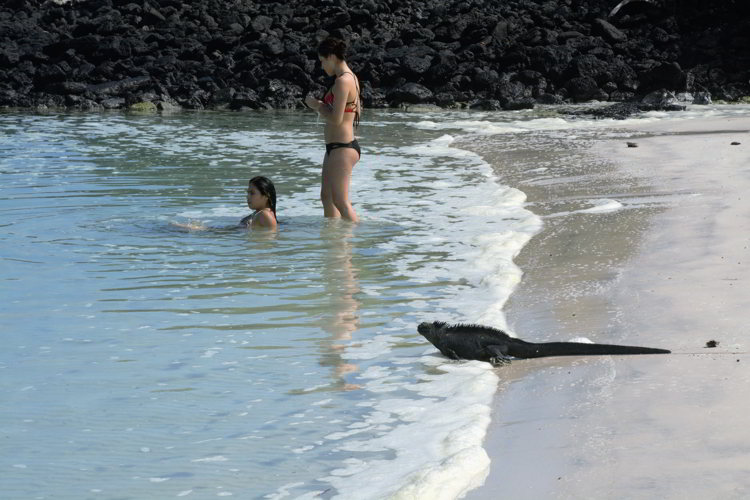
More Wild Adventures: Read our post about a Bird Watching Tour in San Blas, Mexico.
5 – Galapagos Green Turtle
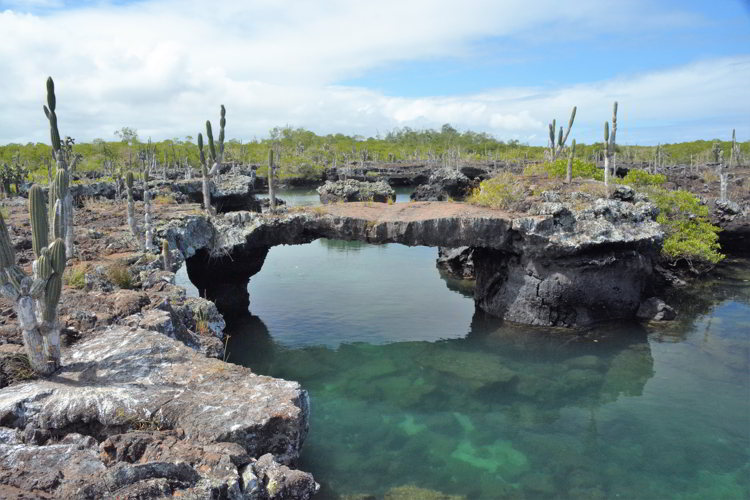
The Galapagos green turtle is the only sea turtle species to breed and nest in the Galapagos Islands. It is frequently seen on snorkel trips in the archipelago.
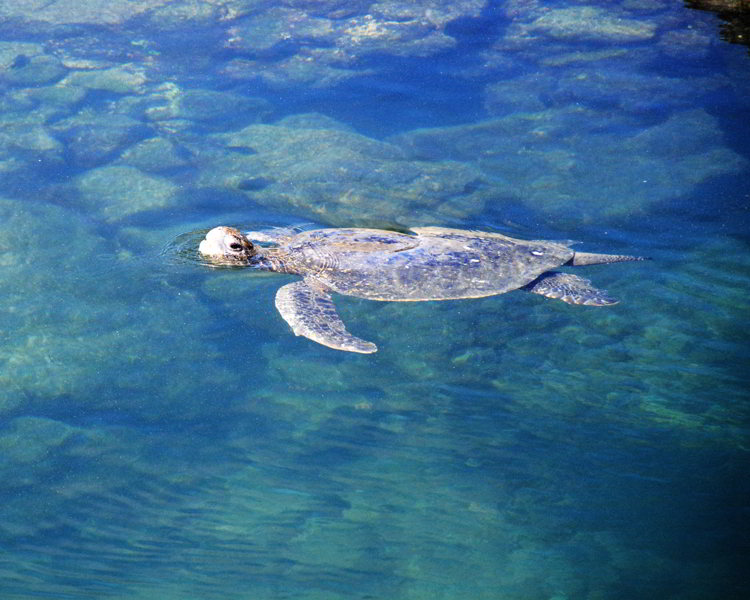
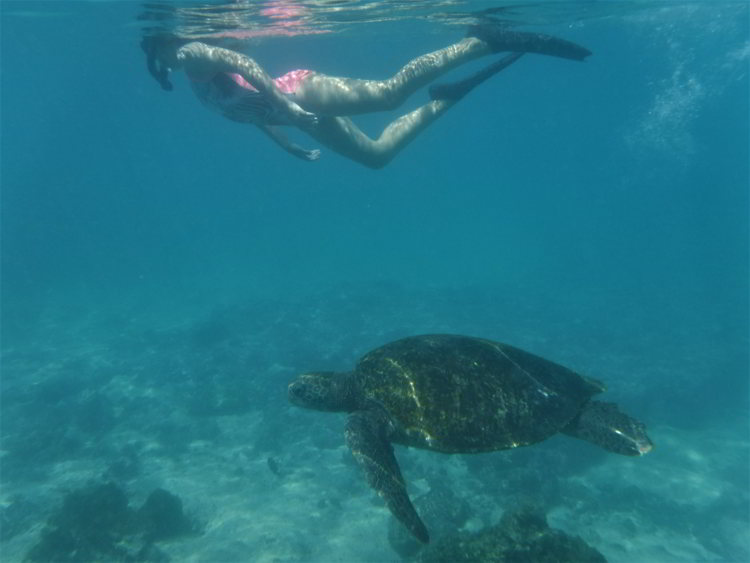
Galapagos green turtles can be seen in coastal waters throughout the year and are also seen in a few other places around the world, though they only nest in the Galapagos Islands.
4 – Galapagos Sea Lion
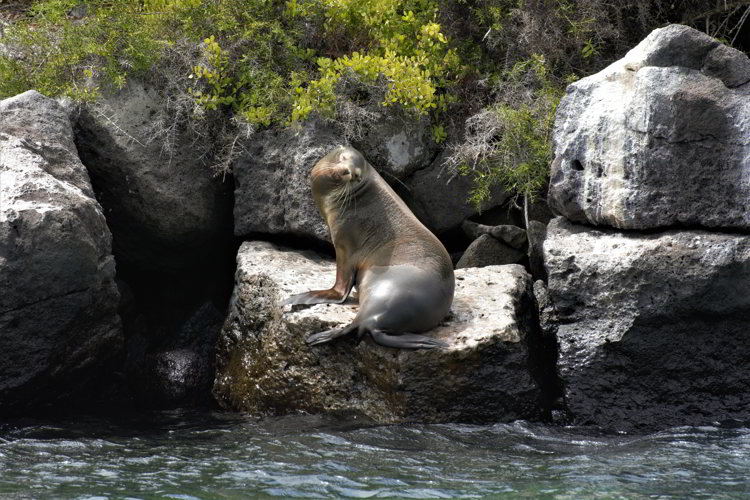
The Galapagos sea lion breeds exclusively in the Galapagos Islands and in smaller numbers on Isla de la Plata in Ecuador. They are the smallest of the sea lions and can be spotted on rocks, on docks and swimming gracefully in the surf.
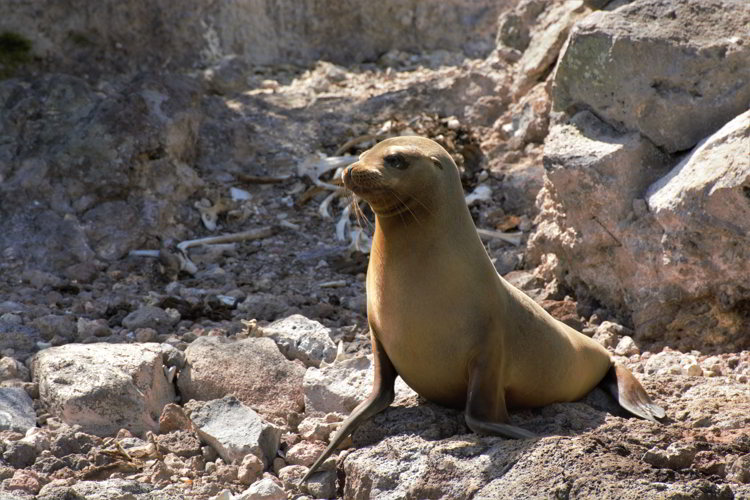
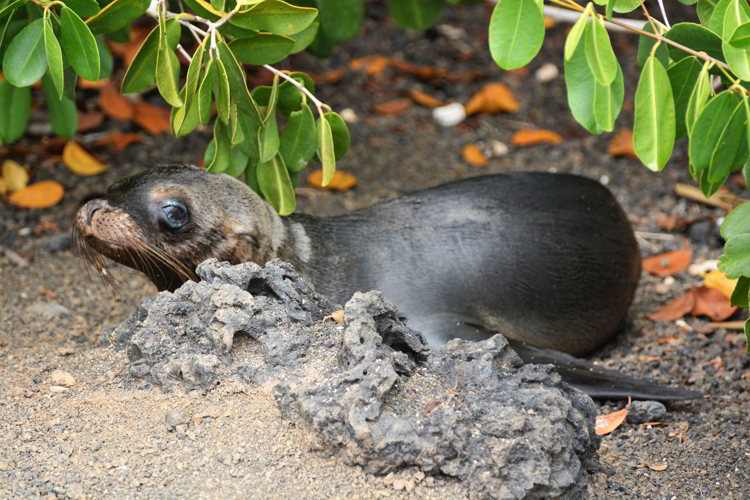
Galapagos sea lions reach adulthood at 4-5 years and live an estimated 15-24 years.

Snorkeling with sea lions is an amazing experience. They are a curious and very social animal. Be wary of the mature bull (male) of the colony as sometimes they can be aggressive.
3 – Blue-footed Booby
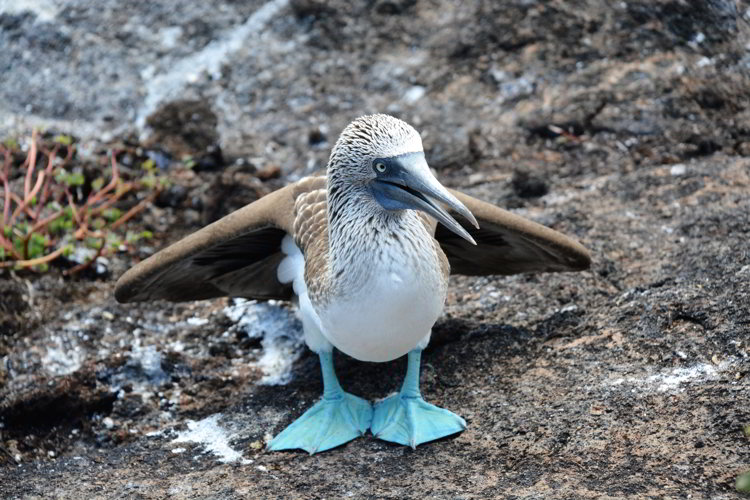
The blue-footed booby is clumsy on land, but incredibly agile in the air. They feed on small fish and will dive from high distances above the water.The name booby comes from the Spanish word bobo which means “stupid, foolish, or clown” and describes how awkward the bird is as it moves about on the land.
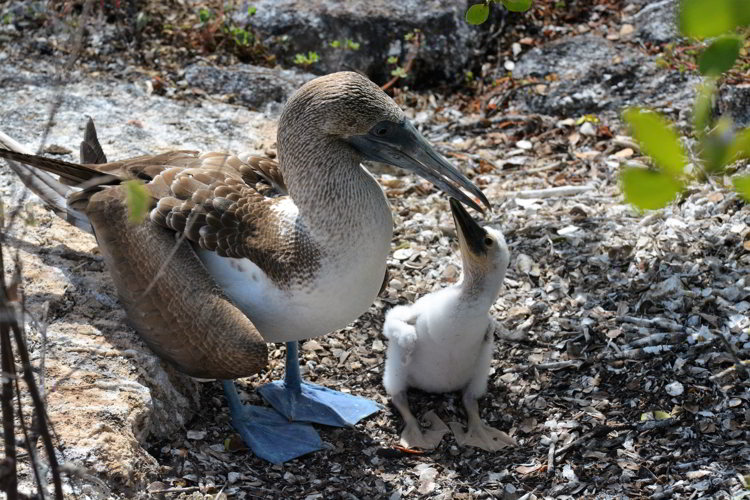
2 – Darwin’s Finches and Mockingbirds
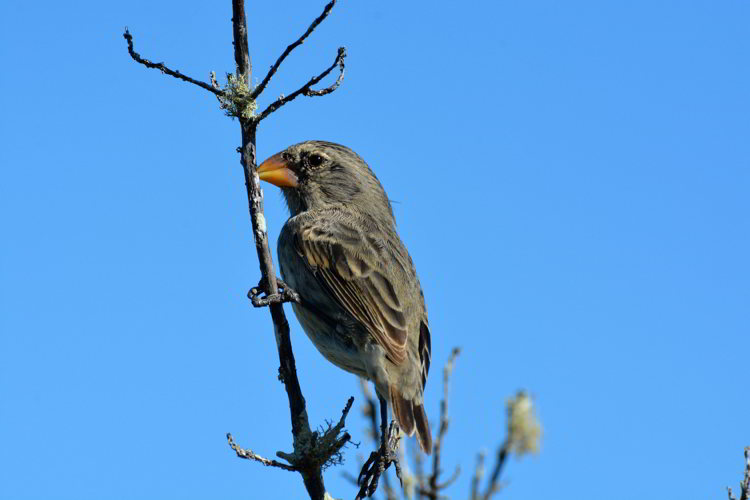
The Galapagos finch, also known as Darwin’s finch is not a true finch, but a group of about 15 species of passerine birds found on the Galapagos Islands. Charles Darwin noticed that each of the species looked similar with the exception of the beak which was uniquely shaped for the kind of food the bird ate on a particular island. These birds provide evidence of Darwin’s Theory of Natural Selection and the name “Darwin’s finches” was popularized in 1947 in his honor.
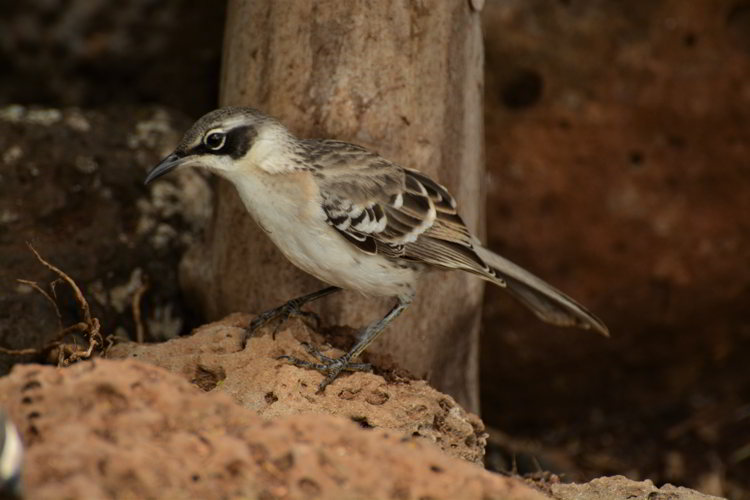
Many people believe it was the finch that first inspired Darwin’s theory, but it was actually the mockingbird. Darwin noticed that the mockingbirds he had collected from different islands were not all alike and this “thoroughly aroused” Darwin’s attention to the peculiar distribution of species in the Galapagos Islands.
1 – Galapagos Giant Tortoise
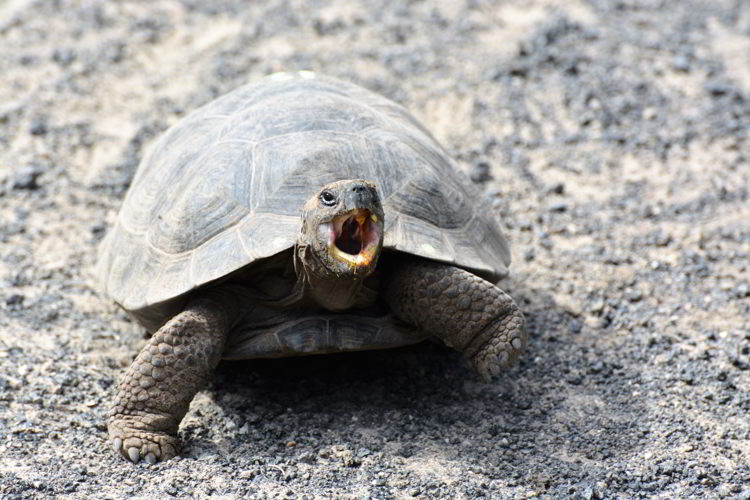
The Galapagos giant tortoise is one of the longest living land animals with a lifespan in the wild of over 100 years and in captivity of at least 170 years. Galapagos giant tortoises are native to the seven Galapagos Islands. It’s believed that there were about 250,000 giant tortoises in the Galapagos Islands during the 16th century. By the 1970s, this number had declined to 3,000 due to over-exploitation of the species for meat and oil, habitat destruction and the introduction of non-native animals to the islands.
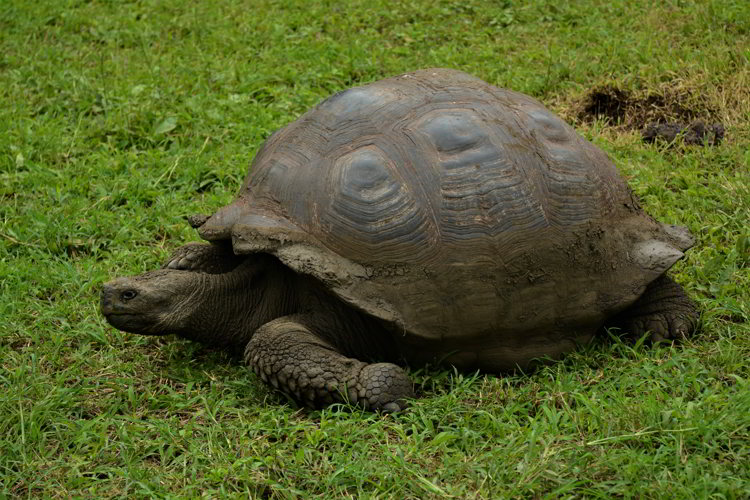
Their slow movement made it easy for them to be exploited. From the 15th through the 18th century their numbers declined dramatically.
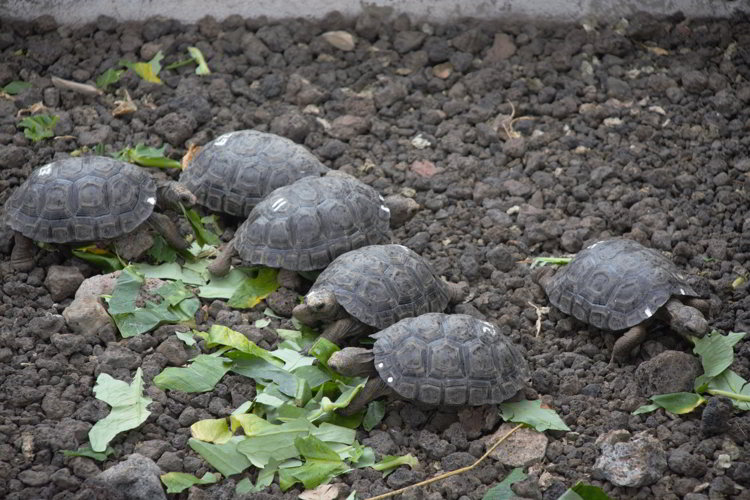
Successful breeding programs have helped bring population numbers back, but some species are now extinct. With such a small number of tortoises available for breeding, geneticists have a challenge in maintaining the genetic diversity of the populations.
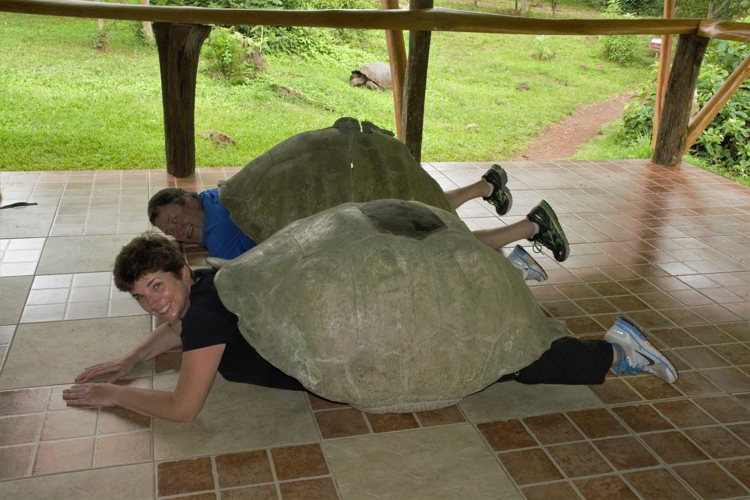
Another important aspect about the recovery of the Galapagos tortoise is education. As more people understand these gentle giants, we increase the chance they will be around for future generations to admire.
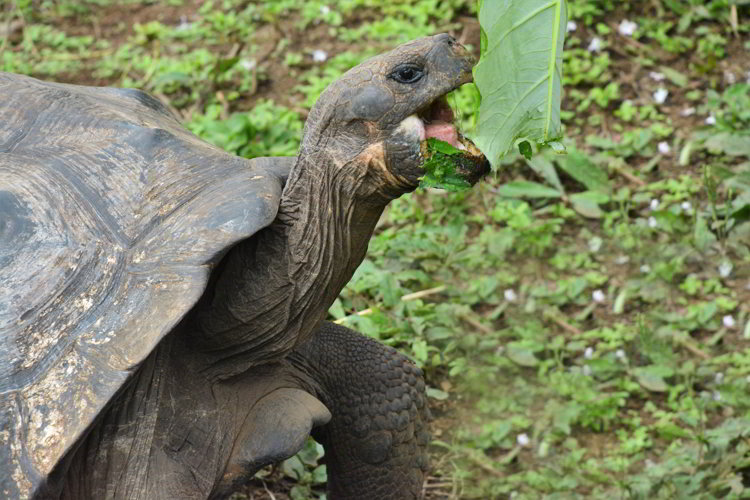
There you have it. The top ten reasons for visiting the Galapagos Islands from an animal perspective. If you have not been, please go, and have fun making your own top ten list of Galapagos Islands animals.
If you enjoy articles about wildlife, check out our post about a Self-drive Safari in Namibia, Africa.

No Comments